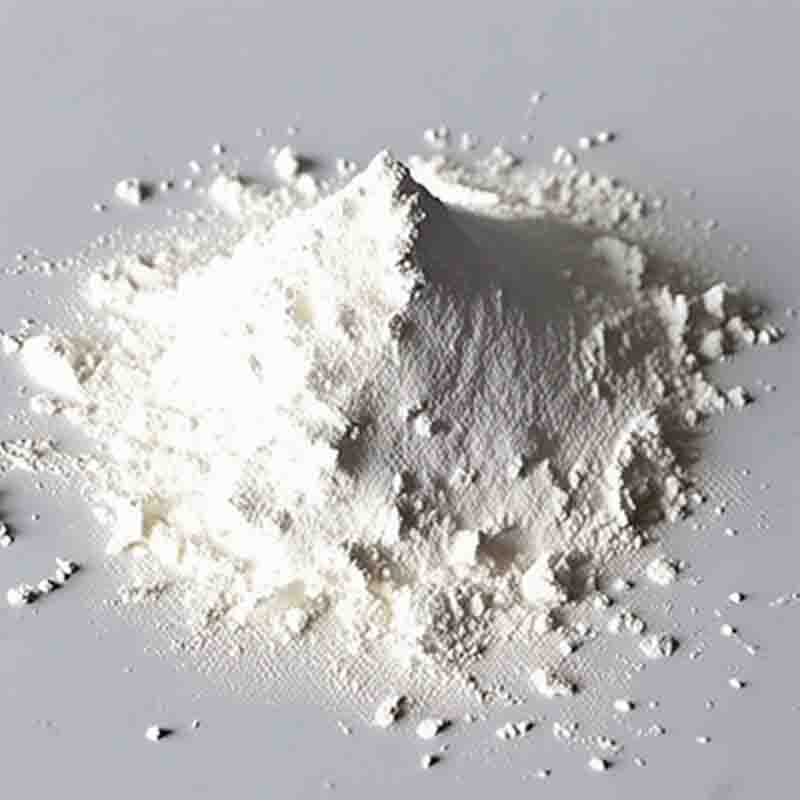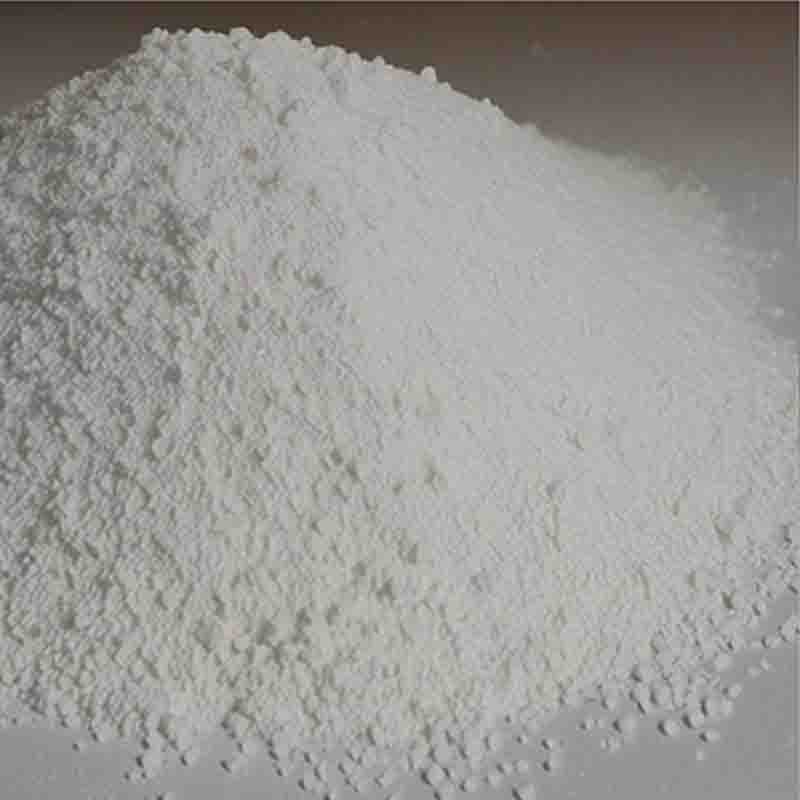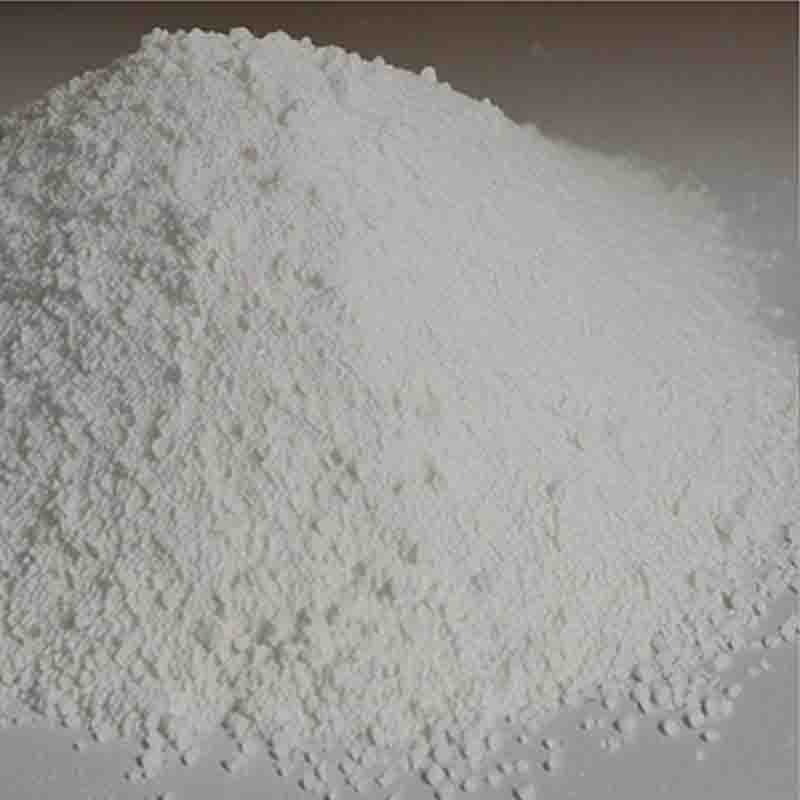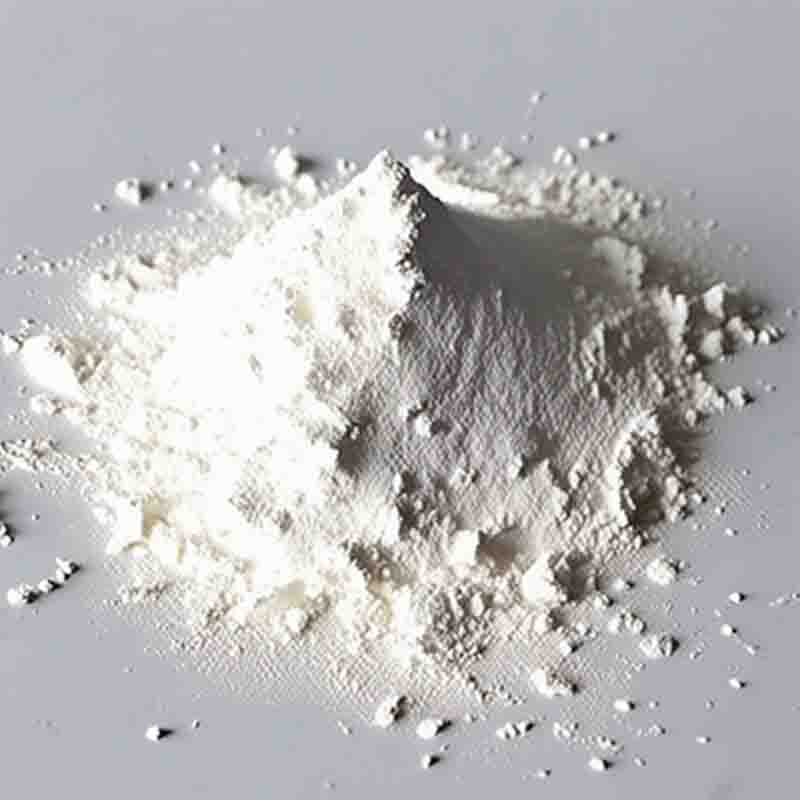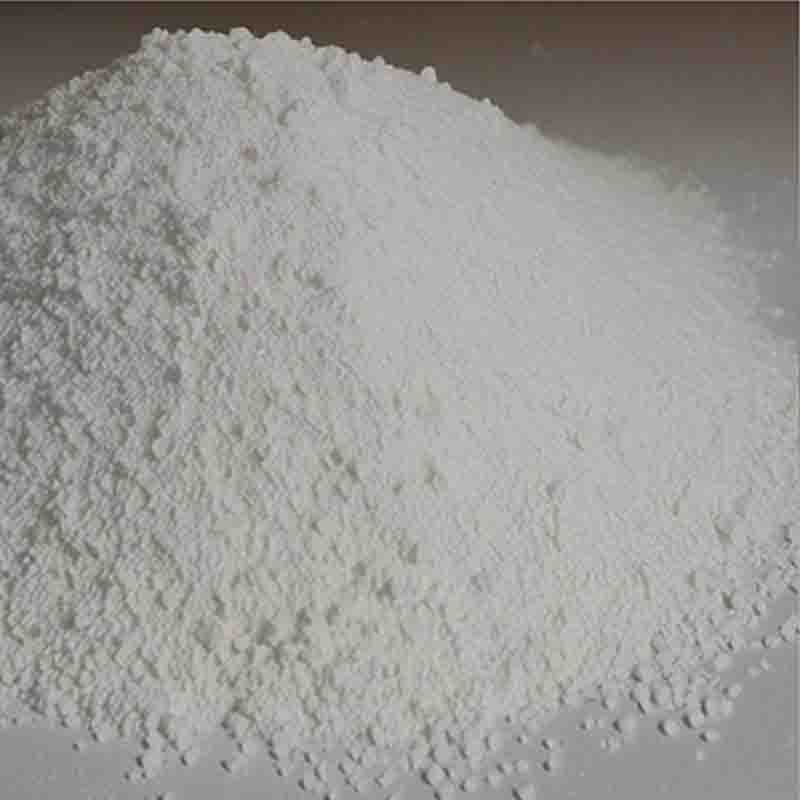3-Methyl-8-bromoxanthine CAS: 93703-24-3
| Catalog Number | XD94943 |
| Product Name | 3-Methyl-8-bromoxanthine |
| CAS | 93703-24-3 |
| Molecular Formula | C6H5BrN4O2 |
| Molecular Weight | 245.03 |
| Storage Details | Ambient |
Product Specification
| Appearance | White powder |
| Assay | 99% min |
3-Methyl-8-bromoxanthine is a chemical compound with various applications in different industries.
One of the primary uses of 3-Methyl-8-bromoxanthine is in the field of medicinal chemistry. The compound has been studied for its potential applications as a pharmaceutical intermediate. Its unique chemical structure and properties make it a valuable compound in drug discovery and development. 3-Methyl-8-bromoxanthine derivatives have been explored for their potential applications in the synthesis of active pharmaceutical ingredients (APIs) for the treatment of various diseases.
Furthermore, 3-Methyl-8-bromoxanthine finds application in the field of agrochemistry. It can be used as a building block or a precursor in the synthesis of agrochemicals. The compound's unique chemical structure and reactivity make it a valuable tool in designing and synthesizing novel compounds with desired properties for crop protection and pest control.
Moreover, 3-Methyl-8-bromoxanthine has applications in the field of materials science. It can be used as a starting material in the synthesis of specialty materials. The compound's unique chemical structure and properties make it a valuable tool in designing and synthesizing materials with specific properties for applications in electronics, coatings, and polymers.
Furthermore, 3-Methyl-8-bromoxanthine has been studied for its potential applications in the field of chemical research. It can be used as a reagent in various chemical reactions, including nucleophilic substitution reactions and cross-coupling reactions. The compound's ability to react with other compounds can be utilized to synthesize novel compounds with unique properties.
In conclusion, 3-Methyl-8-bromoxanthine has versatile applications in medicinal chemistry, agrochemistry, materials science, and chemical research. Its role as a pharmaceutical intermediate, building block, starting material, or reagent makes it a valuable compound in various industries and research fields.


